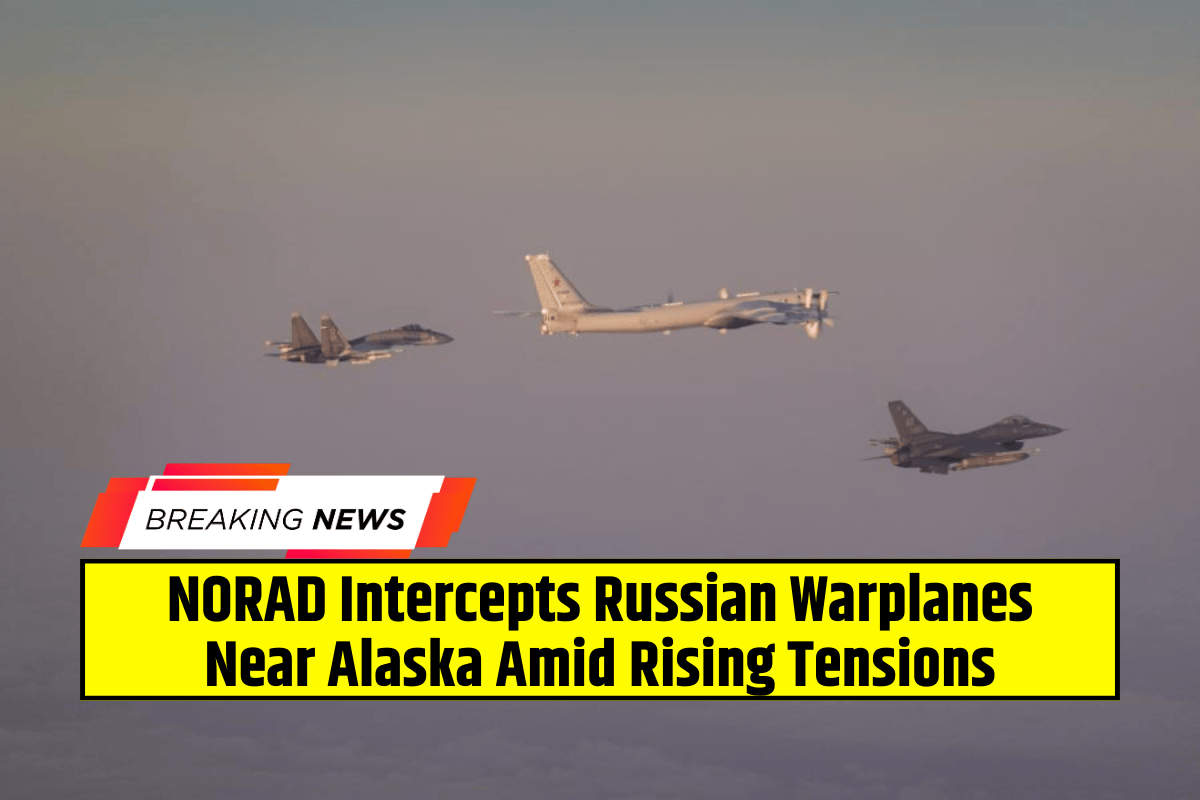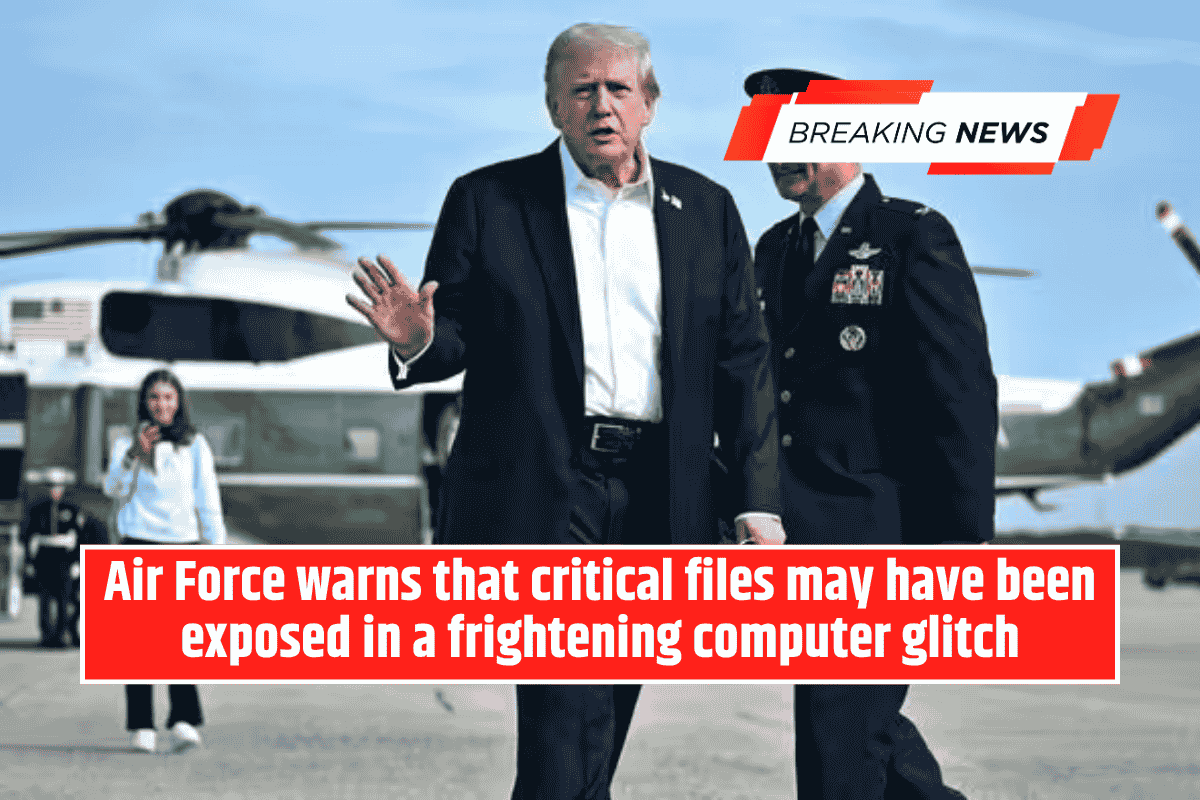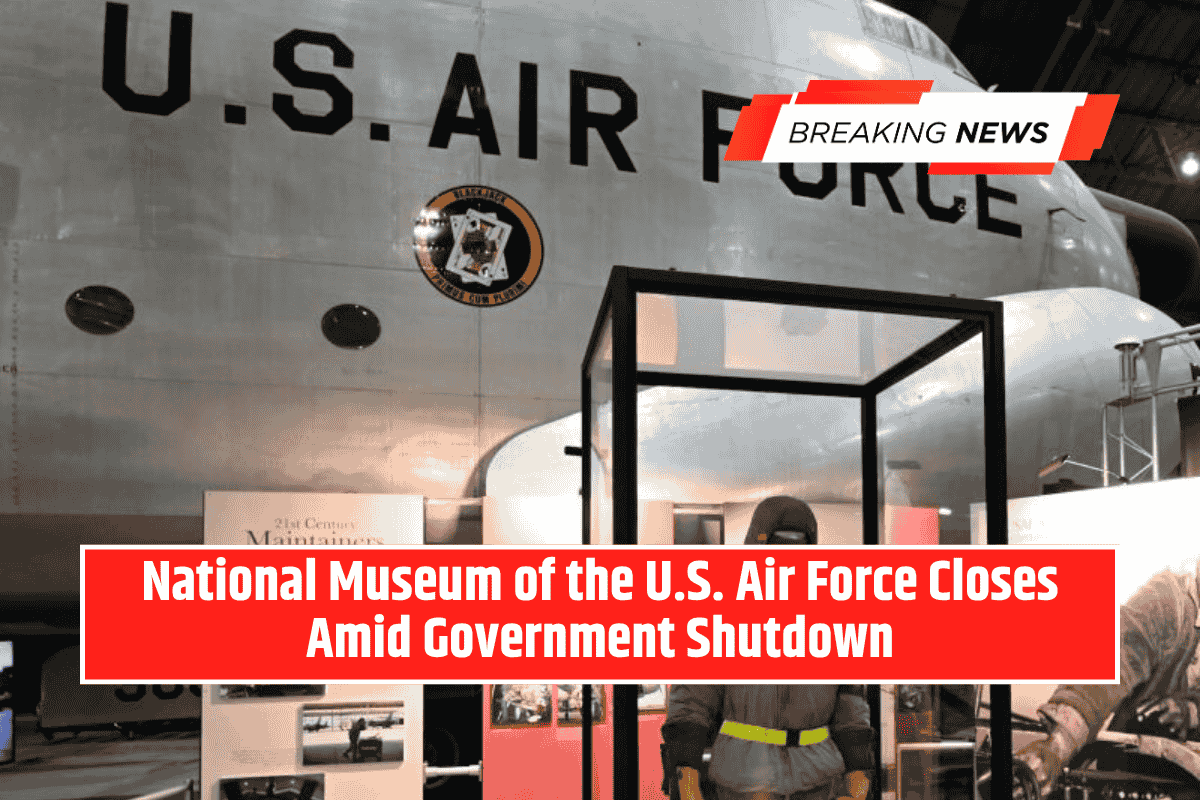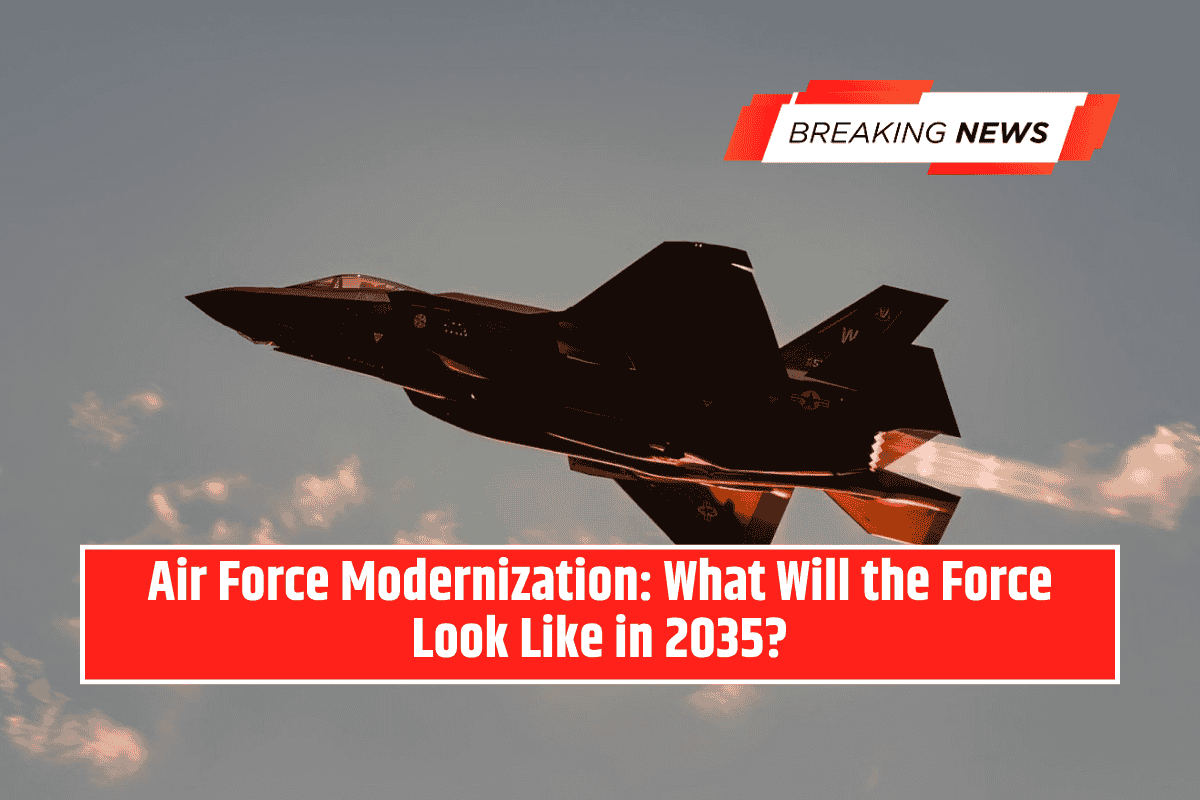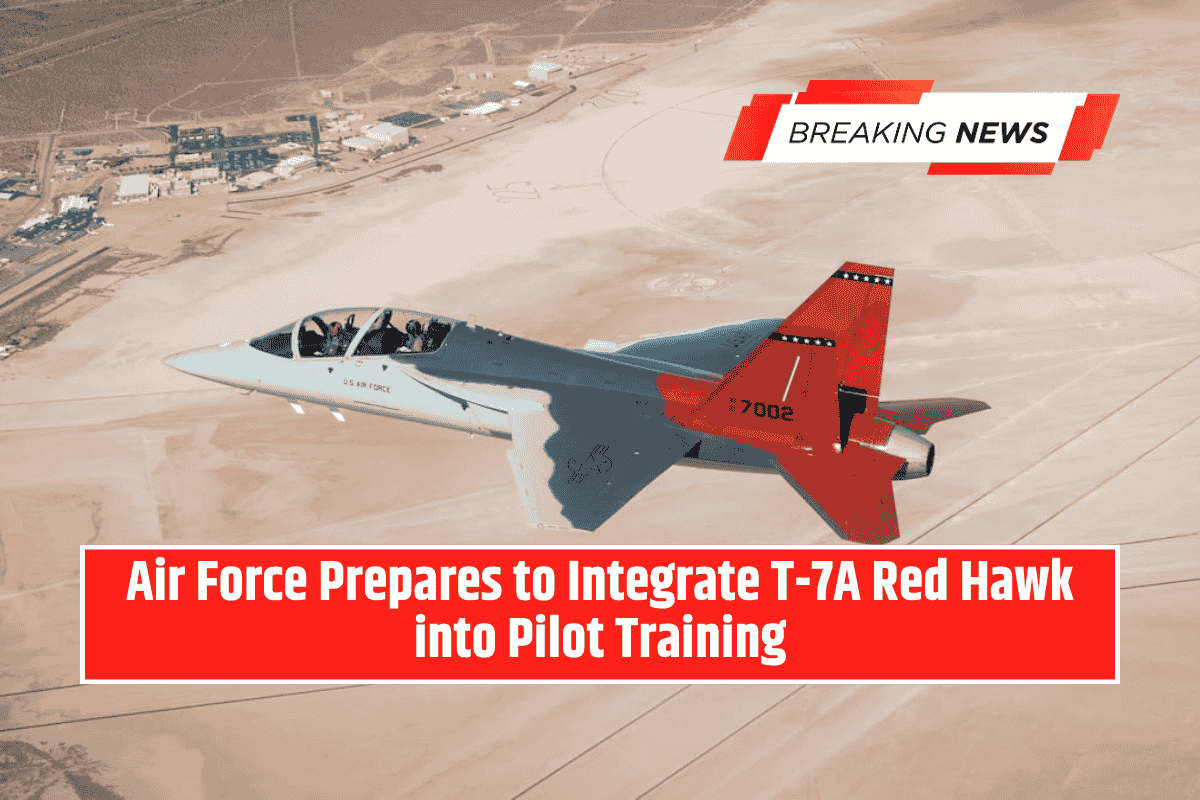On September 24, the North American Aerospace Defense Command (NORAD) intercepted two Russian Tu-95 “Bear” bombers and two Su-35 “Flanker” fighters after they entered the Alaskan Air Defense Identification Zone (ADIZ).
The ADIZ is a buffer zone outside U.S. and Canadian sovereign airspace where foreign aircraft are expected to identify themselves.
NORAD scrambled an E-3 AWACS surveillance plane, four F-16 fighters, and four KC-135 refueling tankers to respond. The Russian planes remained in international airspace and did not enter U.S. or Canadian territory, NORAD confirmed.
Routine but Concerning
NORAD characterized the incident as part of a recurring pattern, noting: “This Russian activity in the Alaskan ADIZ occurs regularly and is not seen as a threat.” Still, the event comes at a time of heightened U.S.-Russia tensions, particularly after recent NATO actions in Europe.
NATO’s Escalating Confrontations
Earlier this month, on September 10, NATO fighter jets shot down Russian drones that violated Polish airspace during a major strike on Ukraine—marking the first time NATO has used force against Russian aircraft to defend allied airspace.
The incident prompted the launch of Operation Eastern Sentry, bolstering defenses along NATO’s eastern border.
Since then, NATO jets have intercepted Russian drones and manned aircraft over Estonia and the Baltic Sea. Poland and Sweden have warned they are prepared to shoot down Russian aircraft if airspace violations persist.
Pattern of Russian Flights
NORAD has reported nine ADIZ incursions in 2025 so far, compared to 12 in 2024, eight in 2023, and only two each in 2022 and 2021.
A particularly active period occurred in August 2025, when Russian aircraft—including an Il-20 COOT electronic intelligence plane—entered the ADIZ four times in six days.
Analysts suggested those flights were likely attempts to collect intelligence on the U.S. Northern Edge exercise in Alaska, rather than direct threats.
Strategic Implications
While NORAD and defense experts maintain these incidents are not immediate threats, they underscore Russia’s ongoing efforts to probe U.S. defenses and send signals during broader geopolitical confrontations.
The steady rise in frequency—from two annual flights just a few years ago to near-monthly incursions today—highlights the shifting dynamics of U.S.-Russia military competition in both the Arctic and the Indo-Pacific theaters.
